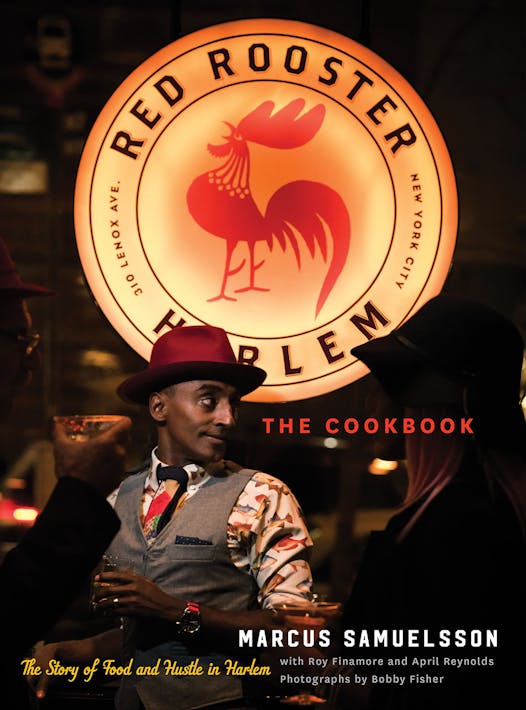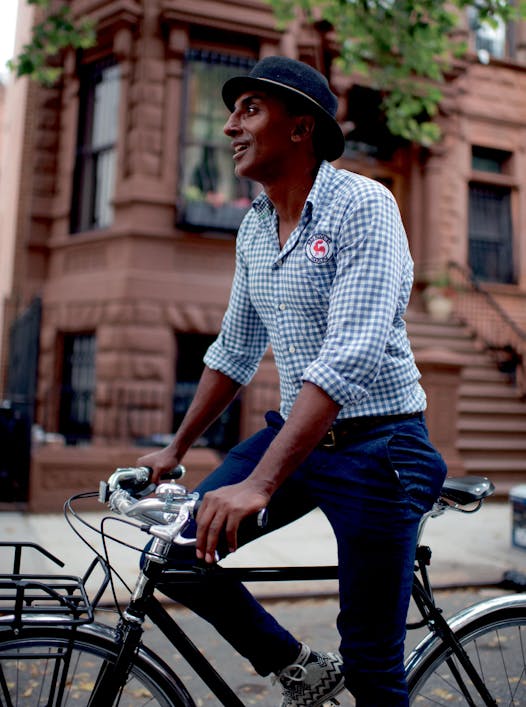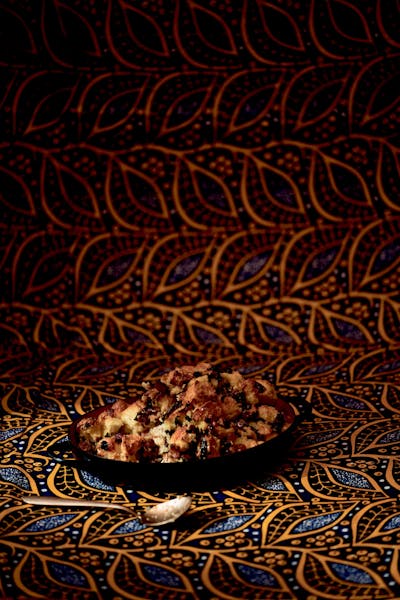For someone who was born in Ethiopia, raised in Sweden and lives in New York City, it might seem a stretch to consider Marcus Samuelsson a Minnesotan.
But don't let facts get in the way.
When Samuelsson opened Aquavit, the Swedish restaurant, in 1998 within the IDS Center in Minneapolis, he cracked open the door to modern dining in the Twin Cities, paving the way for today's infatuation with good food from local chefs, who may or may not have star status.
Aquavit lasted 4 ½ years — Samuelsson was ahead of his time in anticipating the budding interest in chef-driven restaurants — but his energy, joie de vivre and, well, let's cut to the chase, his really good food, connected him with diners.
Then there was that Swedish link. There are more Swedes in Minnesota than any other state in the U.S.
Today he has 11 restaurants, seven cookbooks and enough TV appearances to make him a familiar face to those not even born when he first unlocked the door to present-day Nordic food in Minnesota.
More important, when he comes back to the Twin Cities, as he will this week, he will be met by sold-out crowds who want to hear his stories and learn a few cooking tricks from the master.
So it's not an exaggeration to say Samuelsson should be, at the very least, an honorary Minnesotan.
His busy schedule over the next few days includes stops throughout the Twin Cities to promote his latest book, "The Red Rooster Cookbook: The Story of Food and Hustle in Harlem" (Houghton Mifflin Harcourt, 384 pages, $37.50).
Samuelsson opened Red Rooster — or as he calls it, Rooster — six years ago on the corner of Manhattan's 125th Street and Lenox Avenue (also known as Malcom X Boulevard), in the heart of Harlem.
His restaurant, which has transformed the corner and inspired other dining spots to locate in Harlem, has become a gathering place for six years as Samuelsson taps into the flavors of the diverse neighborhood and his own journeys around the world.
Q: You've got quite the fan base in Minnesota.
A: I'm always excited about coming back. And I am happy to know I was one tiny part of the food town that Minneapolis has become today. It's very special to me.
Q: Your cookbook is like a love letter to Harlem.
A: All of us, we look for homes, and especially as an immigrant. I always felt at home in New York City, but when I lived in Midtown, I didn't even know my neighbor. Maybe I was in the right city, but not on the right block. Coming to Harlem made a difference.
Q: How long did it take for Harlem to feel like home?
A: It was seven years before I opened the restaurant, and I was living there for that time. I needed to understand the different grid. Rooster is really the reflection of what I learned during that seven-year walk. That's part of the book. And then once I opened the restaurant, it taught me other things. How much of that energy, how much of that church music and food, should come into the restaurant? How can I upload Jamaican street food that I know is here in Harlem? How can I bring that into the restaurant?
It wasn't like Aquavit's food, where I was representing Sweden in a modern era. Here I was thinking of how I can take this grid, this celebration of life, into a restaurant, into a bar, through staffing, into hospitality. The book has the keys to the restaurant, but also the neighborhood, that you may or may not know that much about. Even if you don't like cooking, you get a great read and understanding that this is how urban America looks like, sounds like, tastes like.
Q: There are so many layers to this book. You've got voices from the neighborhood in essays, music playlists, photos of people from Harlem, a book list for further reading, and then the recipes: Whole Fried Fish With Grits; Red Rooster Hot Sauce; Roasted Turnips Douk. This is not an ordinary cookbook.
A: Part of being a chef and part of being a black man for me is always about extending the narrative. Black concepts get oversimplified. In terms of food, I wanted to do something very layered, but yet gives you clues and hints and makes you understand this experience is very complex.
I felt like the art and illustrations are ways for characters to come alive. With a music playlist, now we have a theater that's engaging. This is cooking with a narrative, something I really wanted to do.
Q: You have a whole chapter on chicken. Why is this so important?
A: I grew up with seafood. Fried chicken was not something I grew up with. For seven years, I tried to understand fried chicken and its meaning in culture. With Sylvia's [Soul Food] a block away, I had to respect her. I talked to my friend John Legend, who said, "You're overthinking it. Just fry the damn bird." The chef in me had to think this through. Part of that was taking dark meat bone-in, deciding fried chicken has a sound and the crunch has to be heard, and then the juiciness has to come. If it's not crunchy on the outside and juicy on the inside, it's not what we think of as fried chicken.
Aquavit had seven or eight salmon dishes, so I did understand right away that the chicken would be like that.
Q: What difference does it make as a chef when you live in the same neighborhood as your restaurant?
A: My mom challenged me. She was the one who was saying, 'Cook in your neighborhood.' It's so meaningful, especially when I take a walk now. Someone says, 'See you tonight' or 'My cousin is working there.' It's meaningful especially in a place where there is high unemployment and we have 155 employees. That's a lot of households that we affect.
Q: Tell me about your notion of hospitality.
A: Hospitality has always been about delivering a unique experience. Obviously, when I worked in France, it was one way: perfection. As a young chef, I didn't know hospitality could mean many things. I thought at first it was about exclusivity and expensiveness. Rooster has taught me about another level of hospitality. It's a very humble journey. And it's also exciting to learn new stuff in your 40s.
Lee Svitak Dean • @StribTaste
Correction: Film Review-We Grown Now story
Judge declines to dismiss lawsuits filed against rapper Travis Scott over deadly Astroworld concert

Summer Movie Guide: Virtually all the movies coming to theaters and streaming from May to Labor Day




